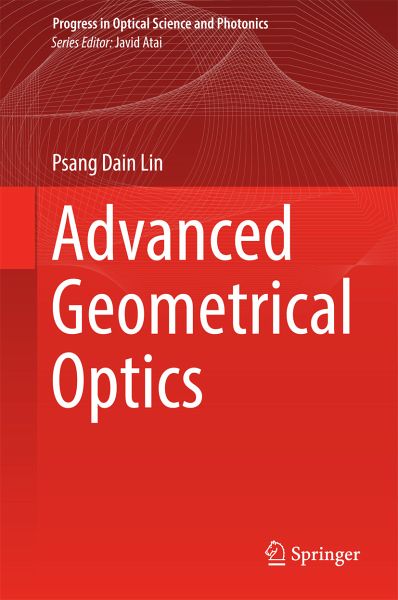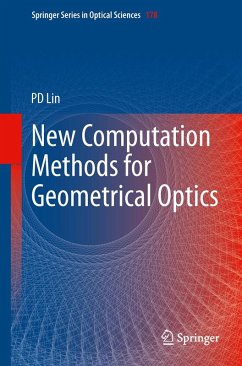
Advanced Geometrical Optics (eBook, PDF)
Versandkostenfrei!
Sofort per Download lieferbar
167,95 €
inkl. MwSt.
Weitere Ausgaben:

PAYBACK Punkte
84 °P sammeln!
This book computes the first- and second-order derivative matrices of skew ray and optical path length, while also providing an important mathematical tool for automatic optical design. This book consists of three parts. Part One reviews the basic theories of skew-ray tracing, paraxial optics and primary aberrations - essential reading that lays the foundation for the modeling work presented in the rest of this book. Part Two derives the Jacobian matrices of a ray and its optical path length. Although this issue is also addressed in other publications, they generally fail to consider all of th...
This book computes the first- and second-order derivative matrices of skew ray and optical path length, while also providing an important mathematical tool for automatic optical design. This book consists of three parts. Part One reviews the basic theories of skew-ray tracing, paraxial optics and primary aberrations - essential reading that lays the foundation for the modeling work presented in the rest of this book. Part Two derives the Jacobian matrices of a ray and its optical path length. Although this issue is also addressed in other publications, they generally fail to consider all of the variables of a non-axially symmetrical system. The modeling work thus provides a more robust framework for the analysis and design of non-axially symmetrical systems such as prisms and head-up displays. Lastly, Part Three proposes a computational scheme for deriving the Hessian matrices of a ray and its optical path length, offering an effective means of determining an appropriate search direction when tuning the system variables in the system design process.
Dieser Download kann aus rechtlichen Gründen nur mit Rechnungsadresse in A, B, BG, CY, CZ, D, DK, EW, E, FIN, F, GR, HR, H, IRL, I, LT, L, LR, M, NL, PL, P, R, S, SLO, SK ausgeliefert werden.












